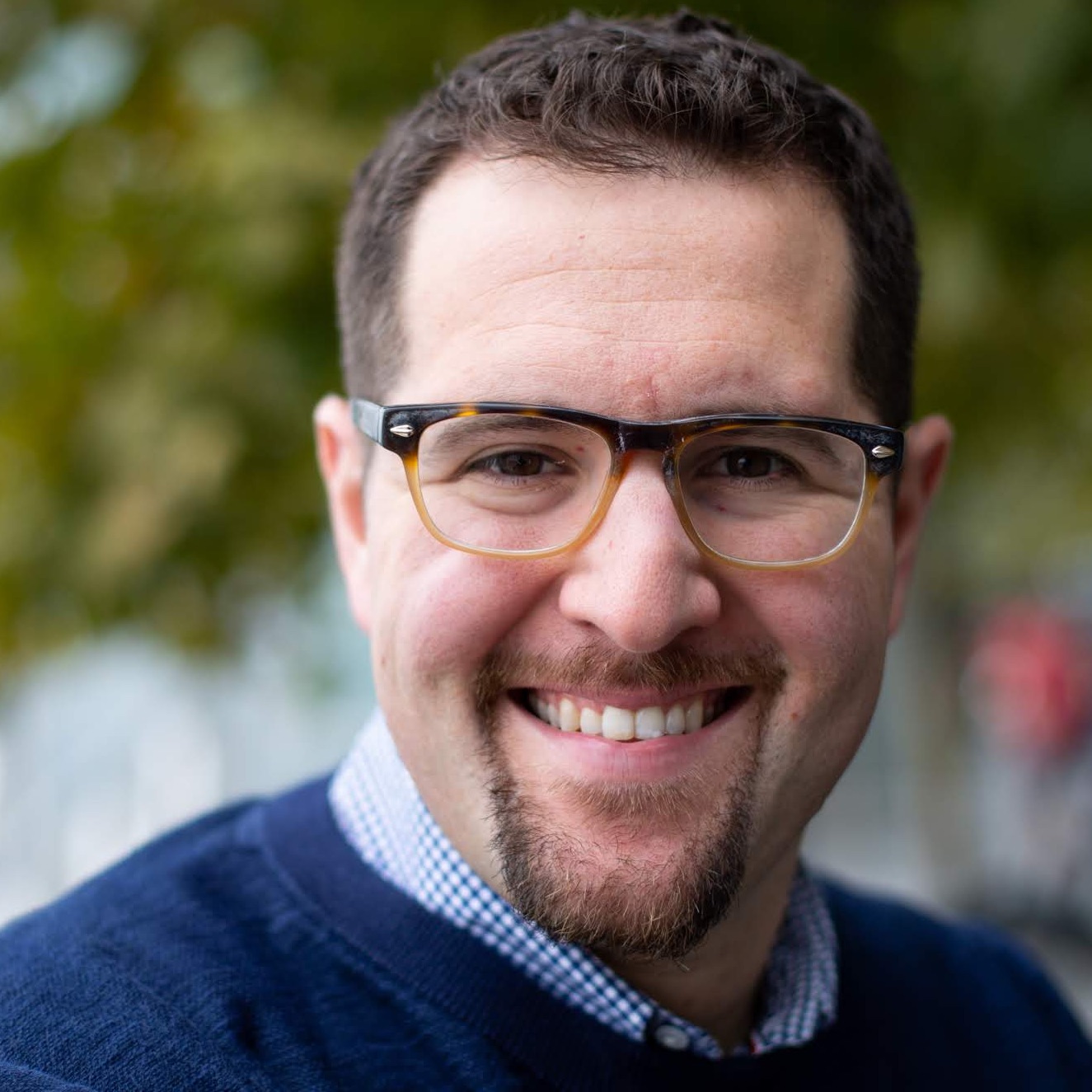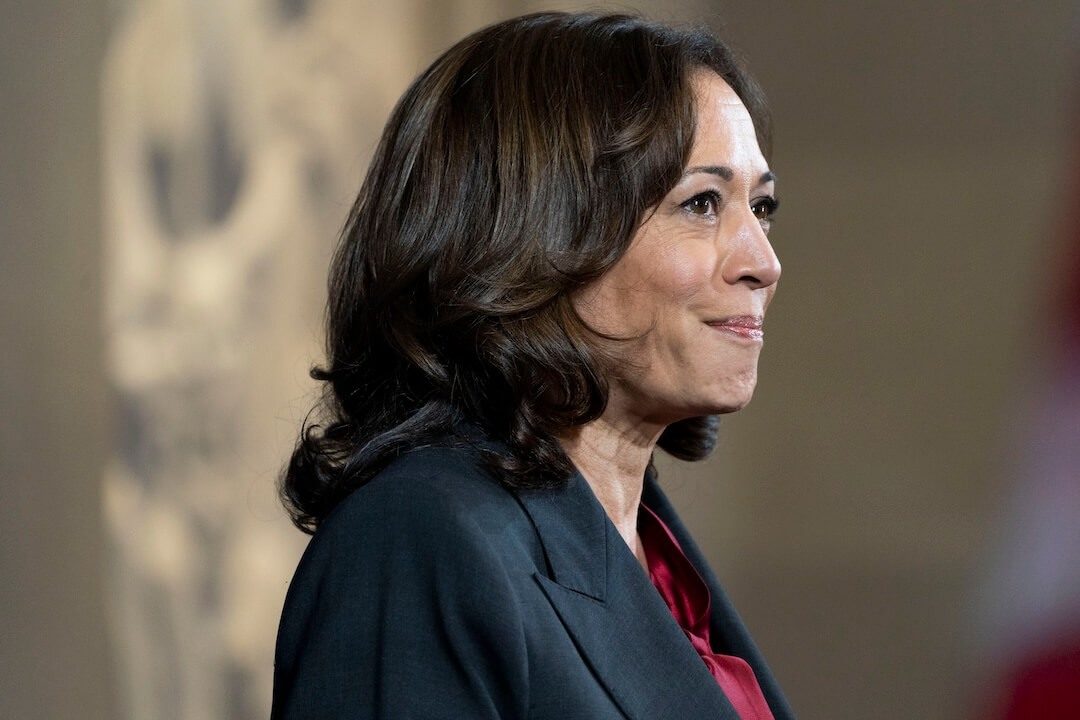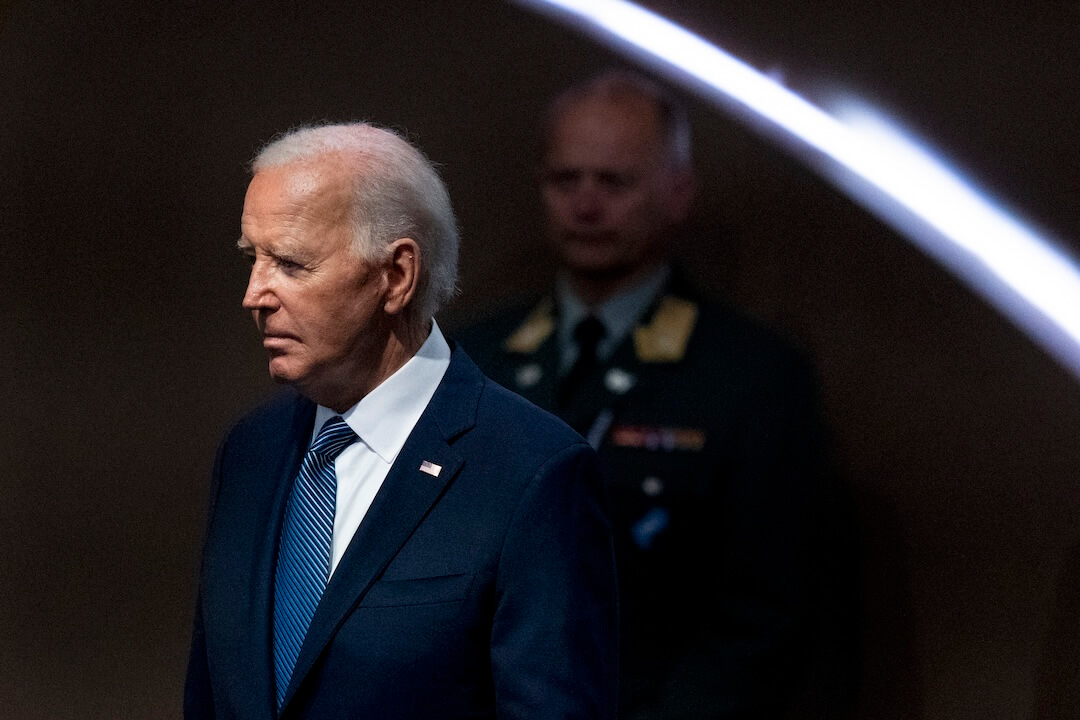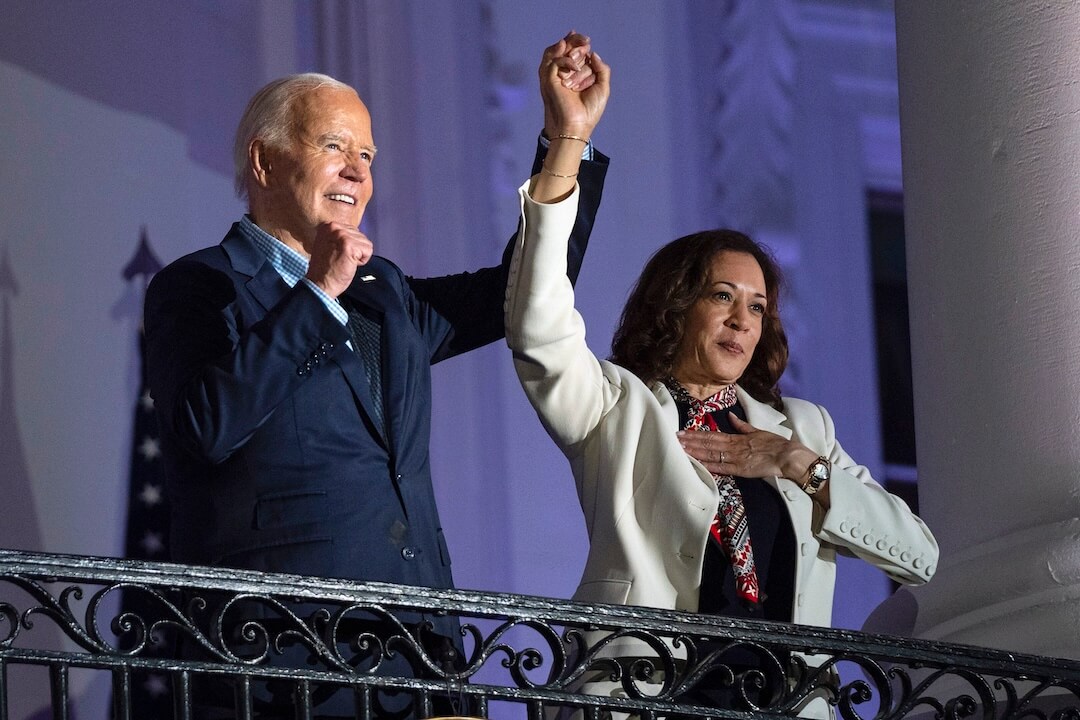Factually is a newsletter about fact-checking and misinformation from Poynter’s International Fact-Checking Network & the American Press Institute’s Accountability Project. Sign up here.
It doesn’t have to be complicated
Amid all the discussion over coordinated disinformation campaigns from both foreign and domestic actors aimed at this year’s elections, a fake email in Iowa reminds us that falsehoods don’t really need to be that complicated.
After an Oct. 15 debate between incumbent Iowa Sen. Joni Ernst and her Democratic challenger Theresa Greenfield, critics pounced on an Ernst gaffe in which she gave the wrong answer to a question about the breakeven price of soybeans. A fake email began making the rounds claiming Iowa’s Farm Bureau had withdrawn its endorsement of Ernst over the faux pas.
Local media, the Farm Bureau, and fact-checker Lead Stories were able to quickly debunk this falsehood, but by then the damage was done. Copies of the “letter” are still visible on social media.
It’s not the first falsified document we’ve seen this election cycle. Shortly after President Donald Trump’s COVID-19 diagnosis, a fake fundraising email made the rounds alleging the Trump campaign was trying to capitalize on the crisis (they weren’t). FactCheck.Org debunked this hoax, noting the fundraising amount in the email suspiciously matched reporting by The New York Times of Trump’s supposed outstanding loan liabilities.
These kinds of hoaxes are not limited to American politics. Earlier this week, Brazil’s Ministry of Health got caught using a stock image infographic to promote a new anti-parasitic drug as a cure for COVID-19. Three Brazilian Twitter users were able to spot the obvious fake, and the government was forced to explain why it had used the intentionally deceptive graphic.
In the CoronaVirusFacts Alliance database, we’ve found several examples of hoaxes using either fake documents, or taking documents out of context to promote a larger falsehood. One of the most prominent was the misuse of a 2005 study looking at the impact of chloroquine on the SARS coronavirus.
Much has been made recently about the need for researchers, technology companies, and the press to suss out nefarious disinformation campaigns that use increasingly sophisticated technology. Remember all the concern about deepfakes? While that work is extremely important, in this year’s election it turns out that smaller and simpler hoaxes such as faked documents are similarly damaging and easier to create.
– Harrison Mantas, IFCN

. . . technology
- German fact-checking organization Correctiv published a report about how right-wing extremists are using Instagram as a recruiting tool to attract young followers.
- The report looked at the subtle ways far-right groups use imagery, hashtags and emoji to convert young people to their cause.
- Specifically mentioning the conspiracy theory QAnon, YouTube said it would expand its hate and harassment policies by prohibiting content “that targets an individual or group with conspiracy theories that have been used to justify real-world violence.”
- PolitiFact’s Daniel Funke put together a rundown of how each social media platform is addressing misinformation in the runup to next months’ election. (PolitiFact is owned by Poynter).
- ABC News did a summary as well.
. . . politics
- In a new survey from the Associated Press-NORC Center for Public Opinion Research and USAFacts, eight in 10 respondents rated the spread of misinformation about government a “major problem.”
- The survey found that “while voters say it’s pretty easy to find accurate information about voting, they have a harder time knowing whether there’s any factual basis for the information they’re getting from and about the candidates,” wrote the AP’s David Klepper.
- Whitney Phillips, an assistant professor of communication and rhetorical studies at Syracuse University, said in a piece for Wired magazine that this year’s election will bring a “hurricane of misinformation.”
- The metaphor is in keeping with Phillips’ “ecological approach” to misinformation, a framework she and Ryan Milner laid out in a new book they call a field guide for navigating today’s information environment.
. . . science and health
- CNET science editor Jackson Ryan has a thoughtful essay on how the COVID-19 pandemic has accelerated and widened the misinformation crisis.
- He writes that “the biggest health crisis in a century has underscored the ease with which doubt can be sown online.”
- Balkan Insight’s Miroslava German Sirotnikova reported that the COVID-19 crisis has pushed the Slovak government to take the threat of mis- and disinformation more seriously.
- A recent Ipsos poll found that just over half of Slovaks are unsure of where to get reliable information about the pandemic.

QAnon has been in the news a lot recently. One reason may be that its adherents are getting no discouragement from President Donald Trump. And that’s important because they see Trump as the savior of the nation from a cabal of Democrats who are child traffickers and abusers.
Now the followers of these conspiracy claims have found new “evidence” for their theories in what they see as a connection revealed in the recent New York Post story about the hard drive of a laptop purportedly owned by Joe Biden’s son, Hunter.
The supposed connection between the laptop and child trafficking is convoluted stuff, but if you want a concise walk-through, FactCheck.org’s Eugene Kiely boils it down this week in an article laying out the origins and speciousness of new child-trafficking conspiracy theories on social media.
What we liked: Kiely draws all the strings together in a tightly written piece that shows just how thin these conspiracy claims are. He also gets props for writing, with lines like this: “This kind of nonsense is circulating on social media like flotsam in the Hudson River from a New York garbage barge.”
– Susan Benkelman, API

- The United States “doesn’t have a clear strategy to combat information warfare,” Doowan Lee, the senior director of research and strategy at Zignal Labs, wrote in a piece for Foreign Policy. He has three suggestions for how Washington can fight back against disinformation campaigns from China and Russia.
- The state of Colorado has launched an initiative against misinformation, The New York Times reported.
- Washington Post fact-checker Glenn Kessler was featured on a CBS News segment about Trump’s falsehoods.
- Flipboard, a news app, is tapping experts to create reading lists that are easily shared on topics that are hotbeds of disinformation, Axios’ Sara Fischer reported.
- Researchers at Arizona State and North Carolina State universities looked at how the frozen meat company Steak-umm used its Twitter account to fight COVID-19 misinformation.
Thanks for reading. Feel free to send feedback to factually@poynter.org. And send us your favorite fact-checks! We’d love to hear from you.
Until next week,








**the government was forced to explain why it had used the intentionally deceptive graphic.**
How was it determined that the infographic was “intentionally” subjective?
So, nothing about Twitter and Facebook clamping down on the distribution of the New York Post’s story on the laptop connected to Hunter Biden? After Twitter suggested the case was something fact checkers should examine?
__________
“‘I want be clear that this story is eligible to be fact checked by Facebook’s third-party fact checking partners. In the meantime, we are reducing its distribution on our platform,’ tweeted Facebook policy communications manager Andy Stone.”
Not Twitter but Facebook, obvs.